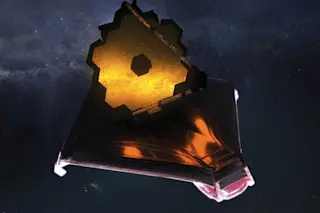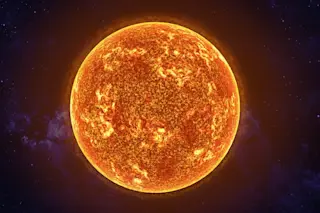The Science Near Me blog is a partnership between Discover magazine and ScienceNearMe.org.
When NASA’s James Webb Space Telescope (JWST) launched on Christmas Day, 2021, it heralded a new era of space observation for astronomers. The powerful telescope’s ability to see further into infrared wavelengths, and with higher resolution, than ever before means it can peer deeper into the universe than ever before potentially unlocking new answers about the universe.
Both scientists and the public alike got a taste of the JWST’s capabilities when the first images from the telescope were released this summer, revealing ultra-high-definition views of the Carina Nebula, Southern Ring Nebula and more. Since then, the space telescope’s schedule has been booked solid as astronomers continue to use it to gather new data about exoplanets, galaxies, nebulae and more.
That schedule includes a few projects that include a new group of participants: citizen scientists. The JWST is ...














